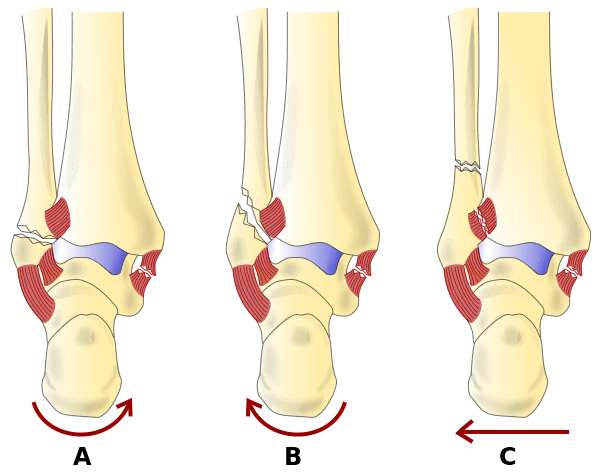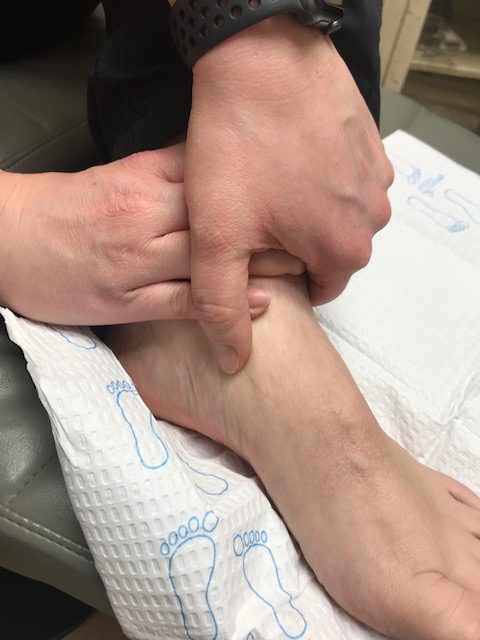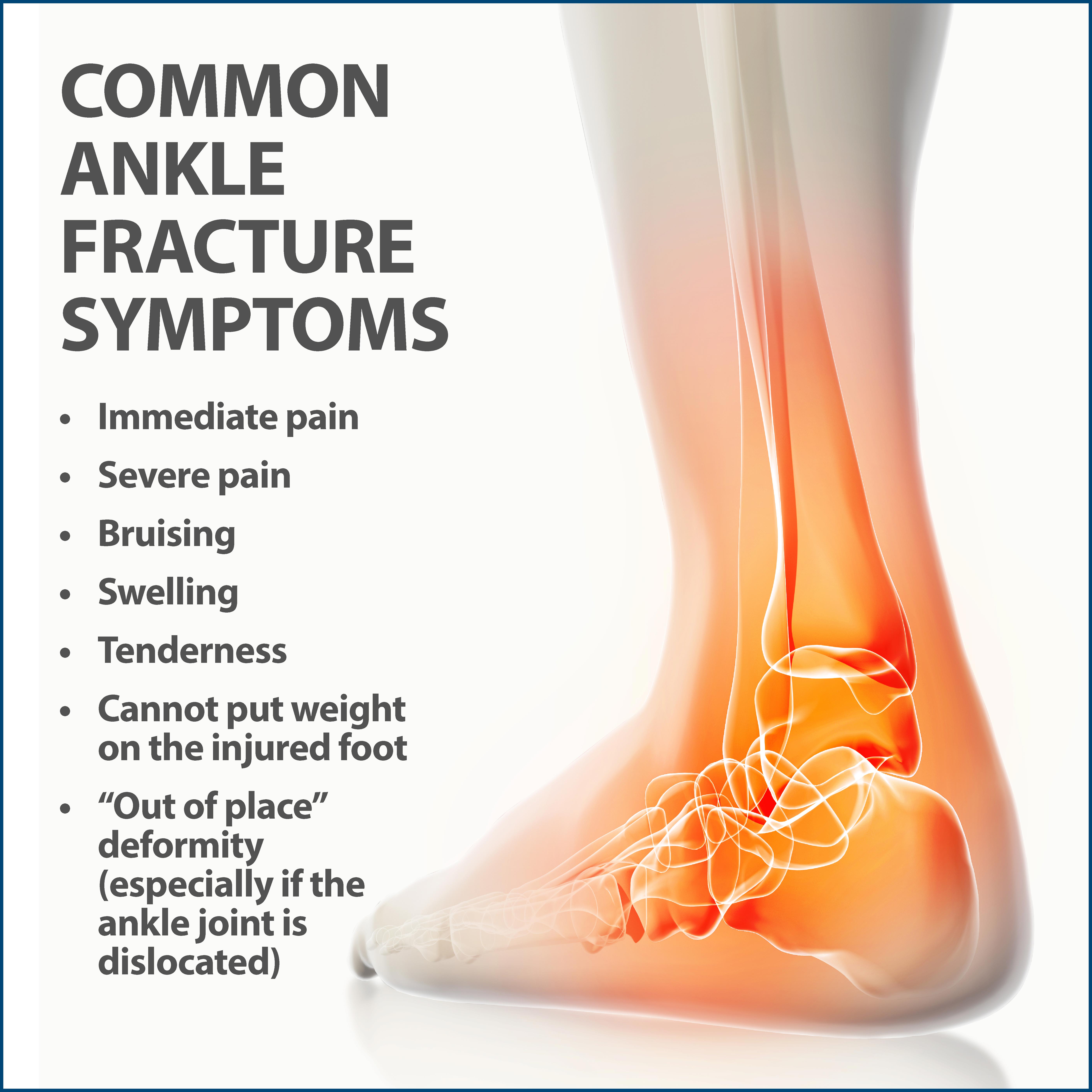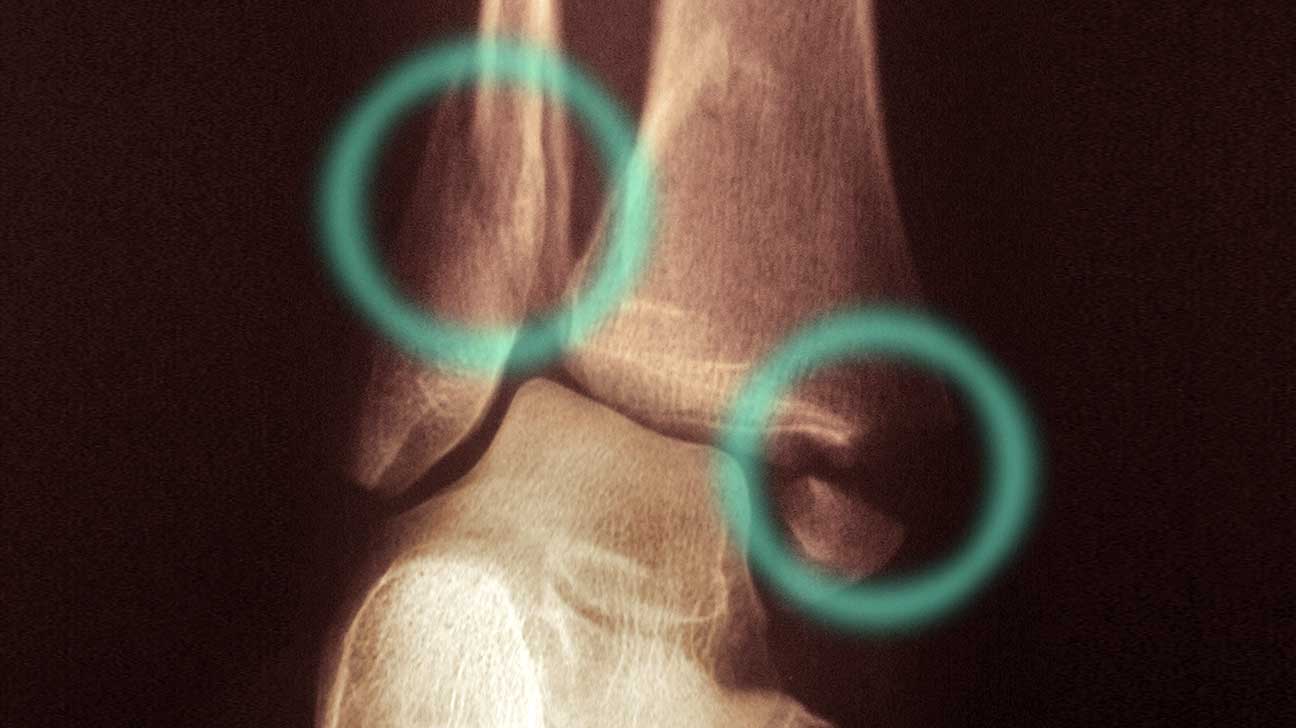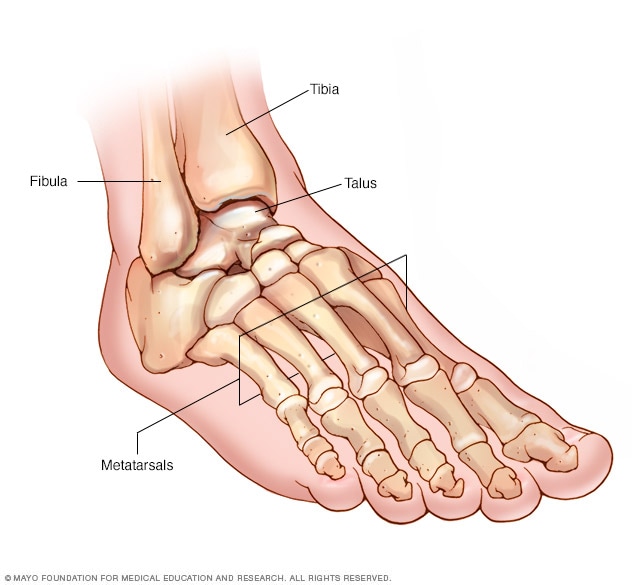Impressive Tips About How To Check For A Broken Ankle
/SwollenAnkle-56a2f5b63df78cf7727b4ced.jpg)
Is it a sprained or broken ankle?
How to check for a broken ankle. You have sudden, severe pain in your ankle. A broken ankle is a more severe injury than a sprained ankle. The easiest way to decipher between a sprained or broken ankle is your ability to bear weight.
Check circulation by comparing the color and temperature of the injured ankle against the uninjured ankle. With a clean break that doesn’t need surgery, recovery can take around 6 to 8 weeks. A cast or boot is usually required to help.
The pain in your ankle gets worse your temperature is very high or you feel hot and shivery your leg, foot or toes start to feel numb or like they're. Right after breaking an ankle, you may or may not be able to walk or place weight on the ankle. If your signs and symptoms suggest a break or fracture, your doctor may suggest one or more of the following imaging tests.
Check for damage to blood vessels near the ankle (by taking your pulse at the top of the foot and examining skin temperature and color) check for nerve damage (by assessing sensation) near. But if you have numbness or tingling, your ankle is most likely broken. Among the exercises for ankle fracture recovery are the following:
Signs your ankle is broken include pain, swelling and bruising, accompanied by pale skin, inability to move the toes, and numbness. Inability to put any weight on the injured foot (or pain when you put weight on. Often broken and sprained ankle injuries have the same symptoms.
Here are some symptoms you might experience if you have a broken ankle: A broken ankle can be just as painful as, if not more painful than, a sprain. Symptoms of a broken ankle include:

:max_bytes(150000):strip_icc()/broken-ankle-symptoms-and-treatment-1298322_Final-5fa929cae6194f688ee21ee46bb0feb1.jpg)

:max_bytes(150000):strip_icc()/broken-ankle-2548484_final-01-6c6936b258494cee891a1c014ebdd21a.png)
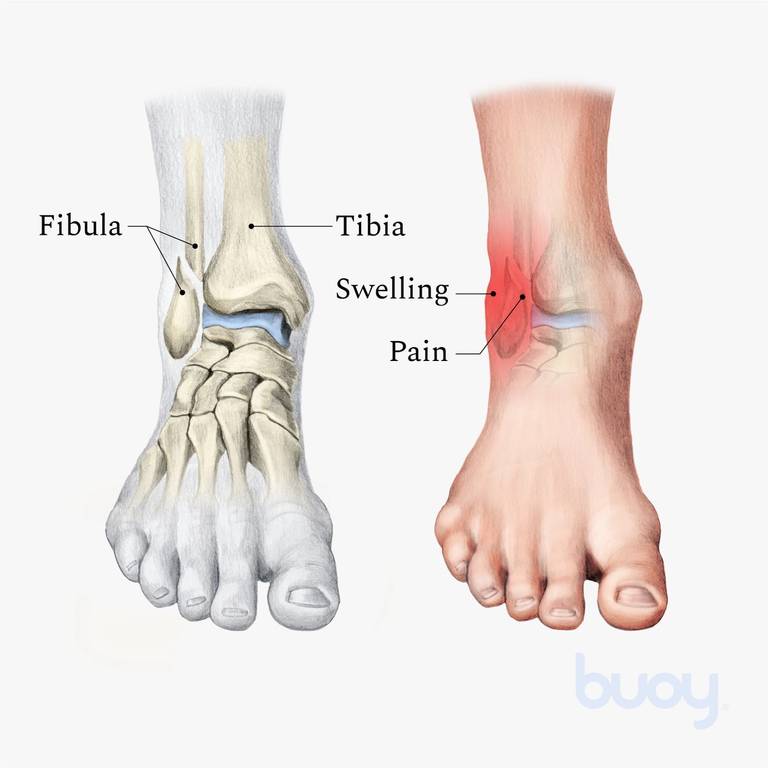




![How To Tell If My Foot Or Ankle Injury Is Bad! [Sprained Or Broken?] - Youtube](https://i.ytimg.com/vi/2IyGHCaH0-0/mqdefault.jpg)


